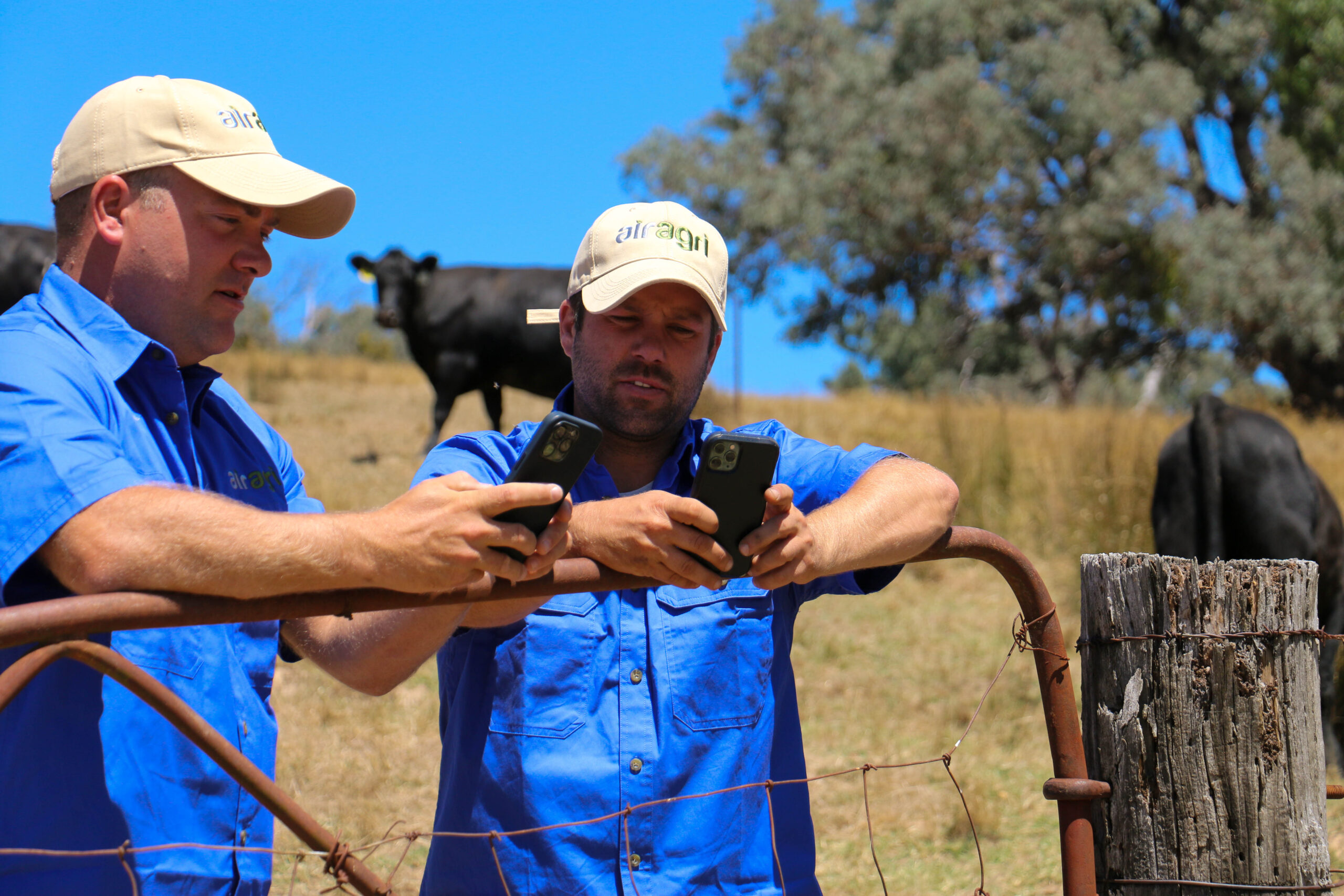Leveraging Weather Insights for Safer and More Effective labor Planning in Agriculture
Managing labour effectively is crucial for ensuring safety and productivity in the agricultural sector. Two significant contributors to farm accidents are fatigue and time pressure, which can be mitigated through better planning and foresight. One of the most powerful tools at farmers’ disposal is accurate and timely weather information. This article explores how weather insights can help farmers plan more effectively, reduce fatigue and time pressure, and create a safer working environment.
Understanding the Impact of Fatigue and Time Pressure
Fatigue and time pressure are major risk factors in farming, often leading to accidents and injuries. The nature of agricultural work, with its long hours and physically demanding tasks, makes farm workers particularly susceptible to these issues.
1, Fatigue:
Physical Exhaustion: Continuous physical exertion without adequate rest leads to physical fatigue, impairing a worker’s ability to perform tasks safely and efficiently.
Mental Fatigue: The constant need to make decisions and stay alert can lead to mental fatigue, reducing concentration and increasing the likelihood of mistakes.
2, Time pressure:
Tight Schedules: The need to complete tasks within specific time frames, such as planting or harvesting windows, can create intense time pressure.
Weather-Dependent Activities: Many agricultural activities are weather-dependent, adding to the urgency when conditions are favourable or adverse weather is imminent.
The Role of Weather Information in Labour Planning
Accurate weather information allows farmers to plan their labour more effectively, helping to alleviate fatigue and reduce time pressure. Here’s how:
3, Optimising Work Schedules:
Forecasting Favorable Conditions: Detailed weather forecasts enable farmers to identify favourable weather windows for performing specific tasks. Farmers can avoid extreme conditions that exacerbate fatigue by scheduling heavy work during these periods.
Avoiding Adverse Conditions: Conversely, knowing when adverse weather is expected allows farmers to avoid scheduling labour-intensive tasks during these times, reducing the risk of accidents caused by poor weather conditions.
4, Balancing Workload:
Staggered Work Hours: Weather forecasts help farmers stagger work hours to avoid overworking staff. For instance, if hot weather is predicted, work can be scheduled for cooler parts of the day, thereby reducing heat-related fatigue.
Adequate Rest Periods: Understanding weather patterns helps in planning adequate rest periods. Farmers can schedule breaks or lighter tasks during expected adverse weather, ensuring workers get the rest they need without compromising productivity.
5, Improving Efficiency:
Resource Allocation: Accurate weather information aids in efficient resource allocation. Knowing when rain is expected can help in planning irrigation, reducing the need for manual watering and allowing workers to focus on other tasks.
Task Prioritisation: Weather insights enable farmers to prioritise tasks based on urgency and weather conditions. For example, harvesting can be prioritised before a predicted storm, ensuring crops are secured and reducing post-storm cleanup workload.
Case Studies: Weather Insights in Action
Several real-world examples highlight the benefits of integrating weather information into labour planning:
1, Optimising Harvesting Schedules:
A vineyard in South Australia uses detailed weather forecasts to plan harvesting schedules. By anticipating optimal weather conditions, they avoid working during extreme heat or rain, reducing worker fatigue and ensuring the quality of the grapes.
This approach has significantly reduced work-related accidents and improved overall productivity during the harvest season.
2, Efficient Water Management:
A dairy farm in Victoria leverages weather forecasts to plan irrigation schedules. By aligning irrigation with predicted rainfall, they minimise manual watering efforts, allowing workers to rest or focus on other critical tasks.
This strategy conserves water and reduces the physical strain on workers, enhancing safety and efficiency.
Implementing Weather-Based Planning
To effectively integrate weather information into labour planning, farmers can adopt the following strategies:
1, Utilise high-resolution weather forecasts:
Invest in high-resolution weather forecasting tools that provide detailed and accurate predictions tailored to the farm’s specific location. These tools offer insights into temperature, precipitation, wind speed, and other relevant factors.
2, Develop flexible work plans.
Create flexible work plans that can be adjusted based on weather forecasts. This includes contingency plans for adverse weather and ensuring that workers know these plans.
Leverage Technology for Monitoring:
Implement farm IoT sensors and weather monitoring systems to receive real-time updates and alerts. This allows for immediate adjustments to work schedules based on changing weather conditions.
1, Educate and train workers:
Educate farm workers on the importance of weather-based planning and how to interpret weather forecasts. Training sessions can help workers understand how to adjust their activities to stay safe and efficient.
2, Plan for Rest and Recovery:
Incorporate rest and recovery periods into the work schedule, particularly during extreme weather conditions. Ensure workers have access to adequate hydration, shade, and rest areas.
Accurate weather information is a powerful tool that can transform labour planning in agriculture. By providing insights into when favourable or adverse weather conditions will occur, weather forecasts help farmers optimise work schedules, balance workloads, and improve efficiency. This, in turn, reduces fatigue and time pressure, creating a safer and more productive working environment.
For farmers, leveraging weather insights is not just about improving operational efficiency; it is about safeguarding the well-being of their workers. In an industry where safety and productivity are closely intertwined, effective labour planning informed by accurate weather forecasts is essential. As weather forecasting technology advances, farmers have an unprecedented opportunity to enhance their planning processes, mitigate risks, and ensure a sustainable future for their operations.




